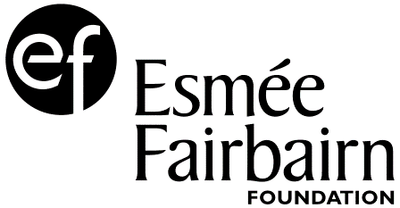The Jonathan Ambache / Richard Saumarez Smith Archive
![Richard Saumarez Smith (left) and Jonathan Ambache, photographed during their 1965 expedition to the Chocó people of Colombia [2008.113.102]. © Pitt Rivers Museum ambache saumarez smith](../images/ambache_saumarez_smith.jpg) Richard Saumarez Smith (left) and Jonathan Ambache, photographed during their 1965 expedition to the Chocó people of Colombia [2008.113.102]. © Pitt Rivers MuseumJonathan Ambache (1945–1968) and Richard Saumarez Smith (b. 1945) were fellow students at the University of Cambridge when they decided to undertake an expedition to the Chocó people of Colombia in their first long vacation in the summer of 1965. During their visit they photographed, collected artefacts and made sound recordings. Most of the material culture that they collected on the trip is now held by the Horniman Museum in London. They both subsequently did a fourth year at Cambridge in 1967–8; Ambache as preparation for medical school while Saumarez Smith did Part Two of the Anthropology Tripos after completing a BA in Mathematics.
Richard Saumarez Smith (left) and Jonathan Ambache, photographed during their 1965 expedition to the Chocó people of Colombia [2008.113.102]. © Pitt Rivers MuseumJonathan Ambache (1945–1968) and Richard Saumarez Smith (b. 1945) were fellow students at the University of Cambridge when they decided to undertake an expedition to the Chocó people of Colombia in their first long vacation in the summer of 1965. During their visit they photographed, collected artefacts and made sound recordings. Most of the material culture that they collected on the trip is now held by the Horniman Museum in London. They both subsequently did a fourth year at Cambridge in 1967–8; Ambache as preparation for medical school while Saumarez Smith did Part Two of the Anthropology Tripos after completing a BA in Mathematics.
In July 1968 Saumarez Smith took an M.Litt. in Sociology at Delhi School of Economics, whilst Ambache – who was between university and medical school and was looking for something useful to do – went to Biafra with Save the Children, at the time of the civil war in Nigeria. Ten days after getting there, about 25 July 1968, he and a priest with whom he was traveling were blown up when the jeep they were in ran over a land mine. Saumarez Smith went on to complete a doctorate at Cambridge, which was published in 1996 as Rule by Records: Land registration and village custom in early British Panjab, which critiqued the colonial construction of knowledge about Indian society by analysing a central institution of British rule in India, the registration of land. Since 1998 he has taught at the American University of Beirut.
The Recordings
The Jonathan Ambache and Richard Saumarez Smith collection was recorded in August 1965 and includes examples of flute and drum playing, solo flute playing, panpipes, and everyday soundscapes, including the sounds of a woman, Narcisso, calling a parrot before the parrot responds. Many of the recordings were made at drinking parties, and the recordists noted that all of their recordings were made “in houses with screaming children, inquisitive grandmothers and excited pigs to contend with.” They also lamented “alas, we cannot hear the full background noise, only the more prominent ones, e.g. pig-squeals.” A 100 page diary of the expedition is held in the manuscript collection at the Pitt Rivers. The Ambache and Saumarez Photograph collection, also curated by the Pitt Rivers Museum, includes images of flutes and drums, performances, and everyday life.
The Playlist
The recordings in the playlist below have been selected as an introduction to the collection, and include several different examples of flute and drum playing and solo flute playing, as well as the distinctive breathy tones of the Chocó panpipes.


